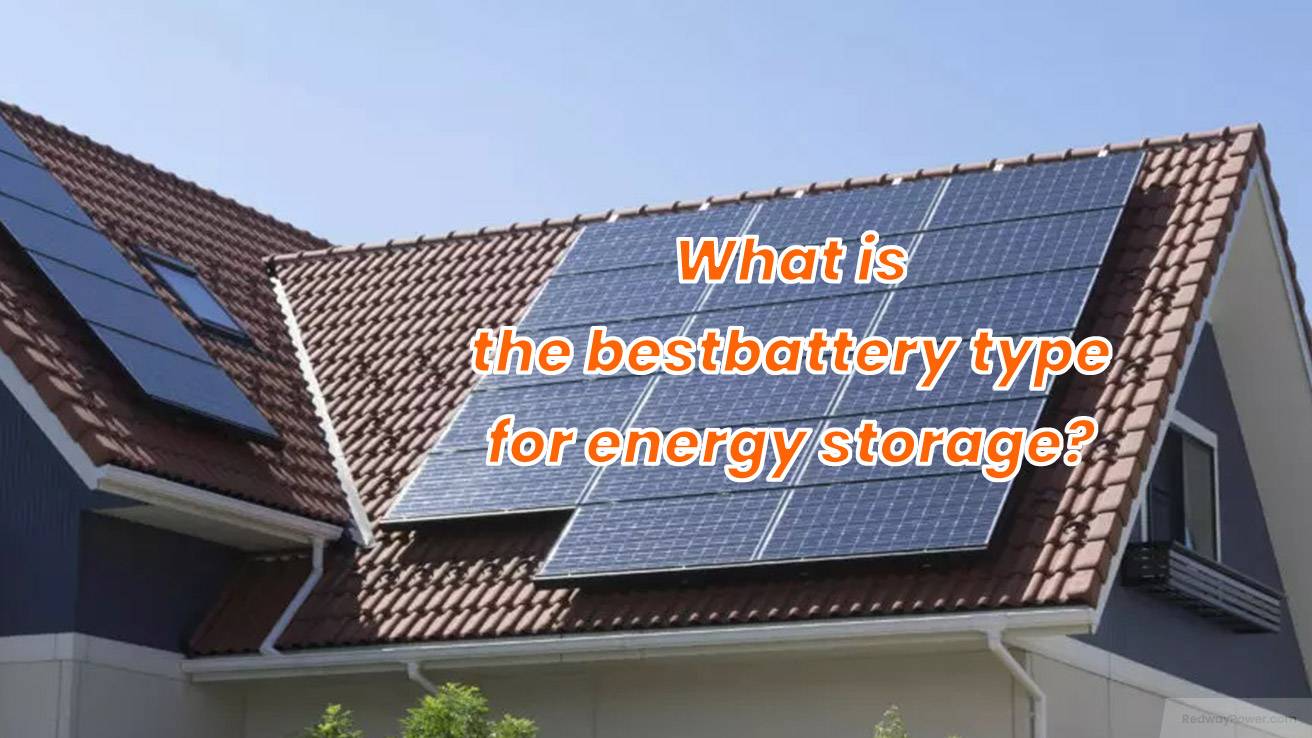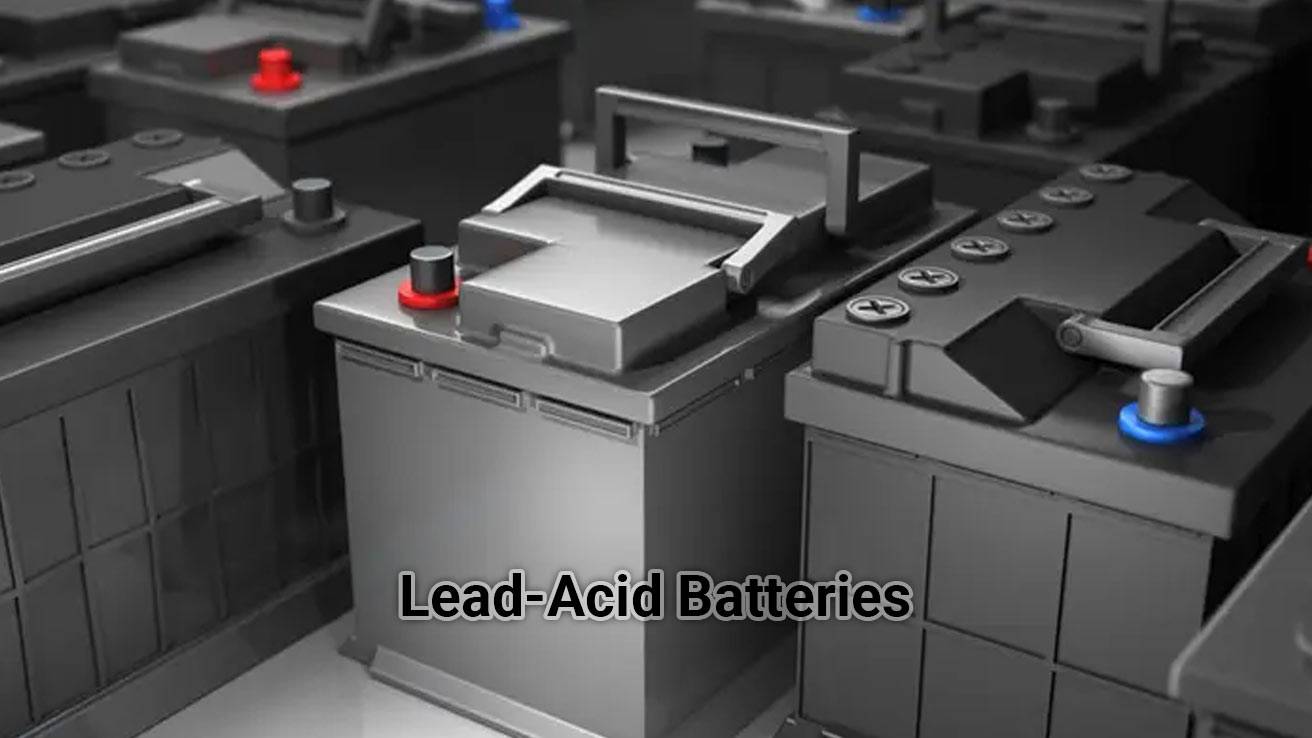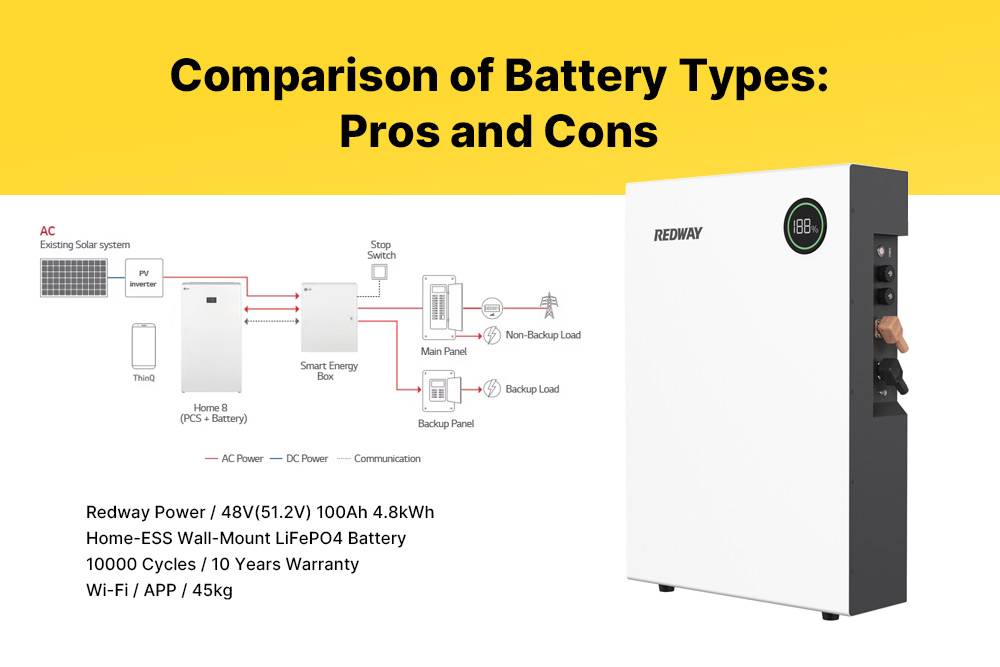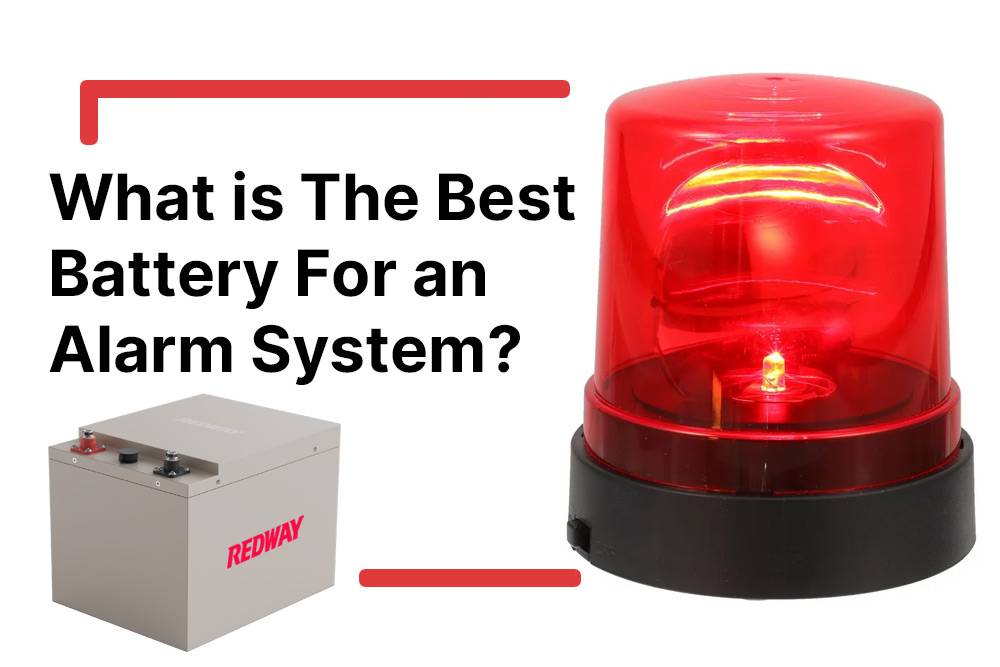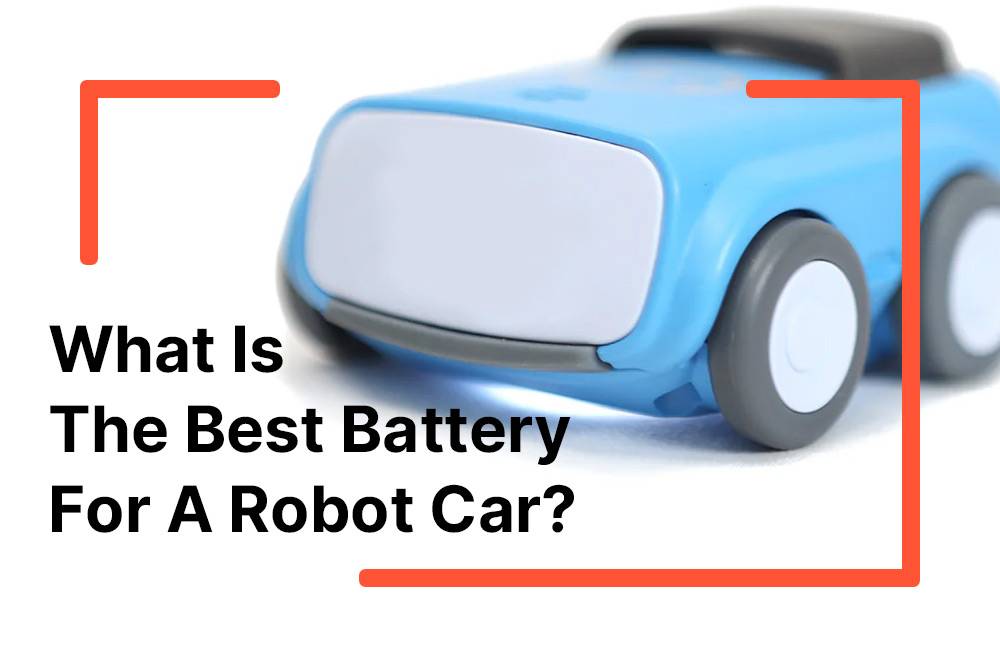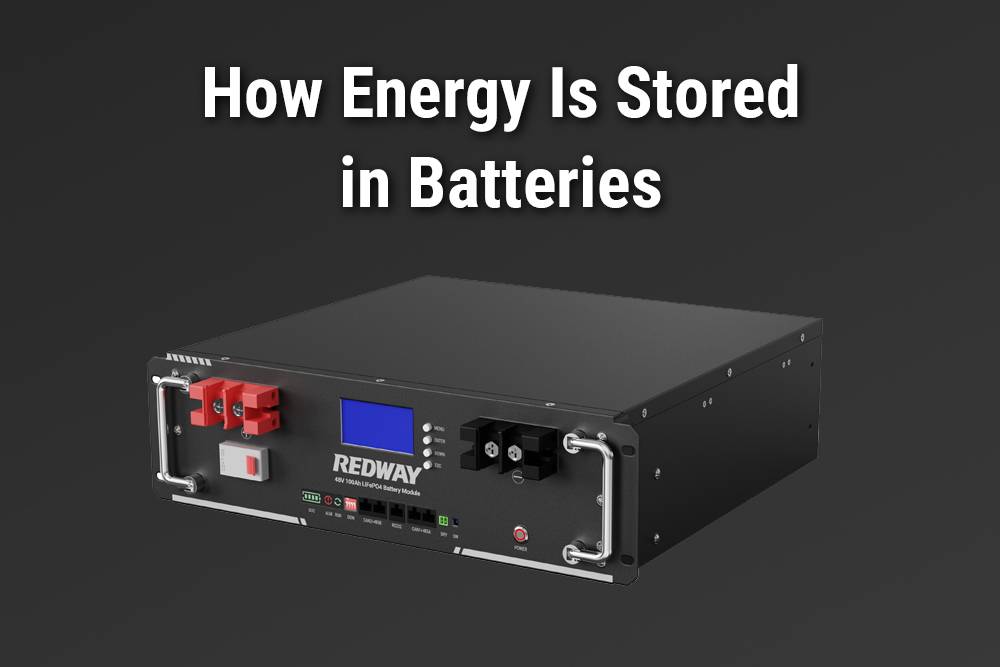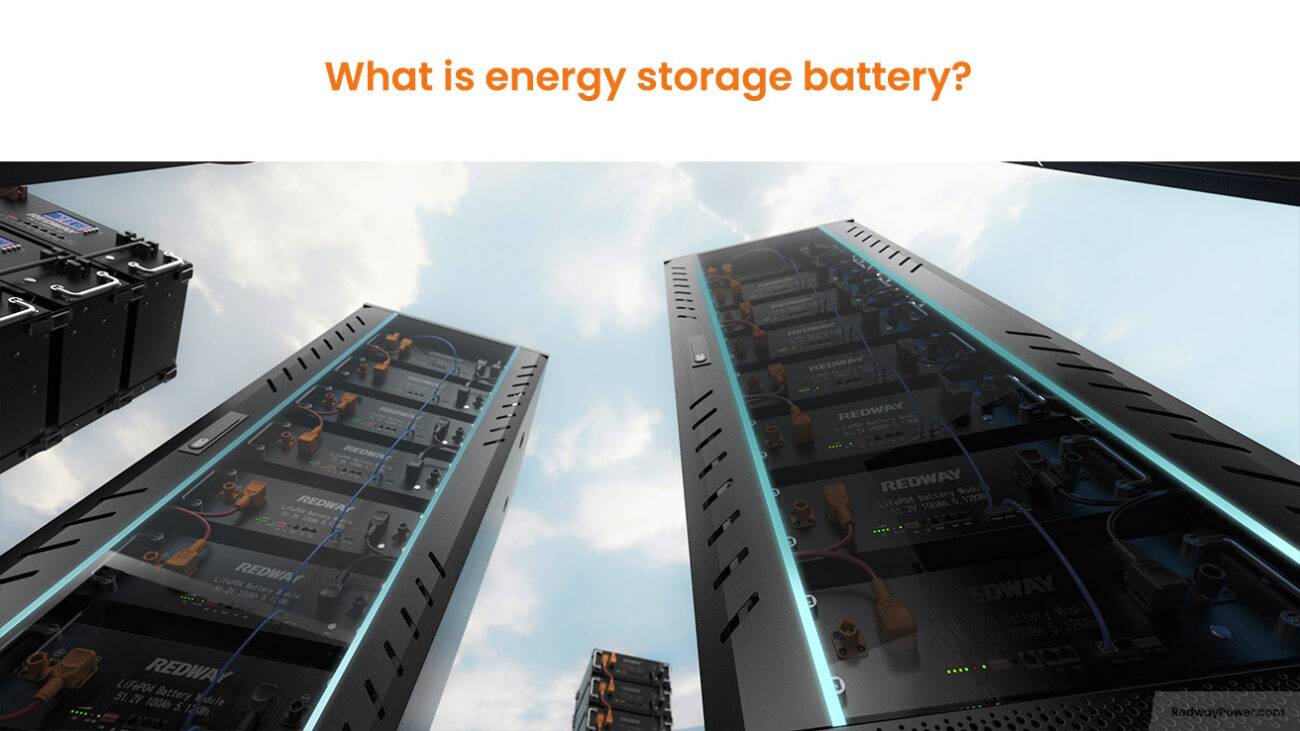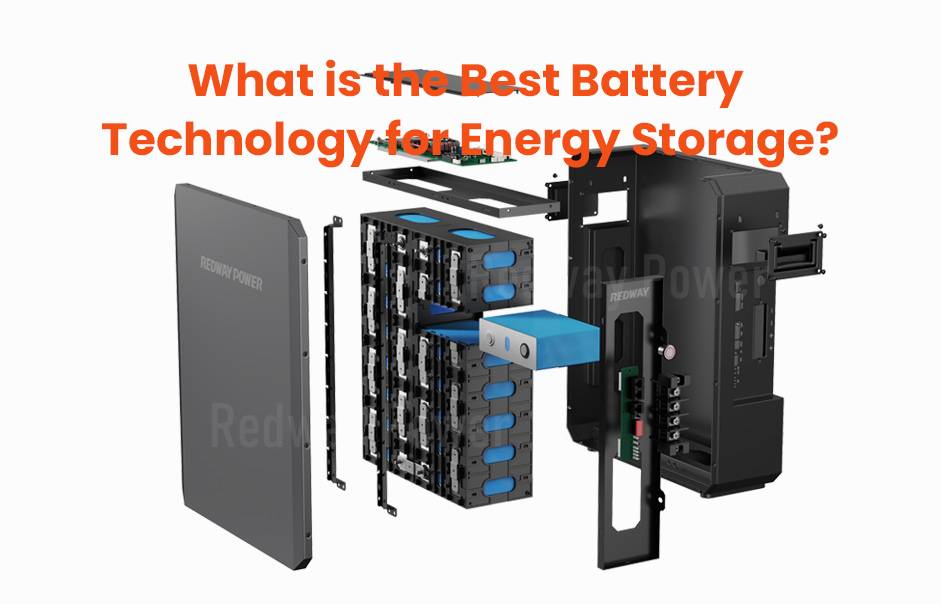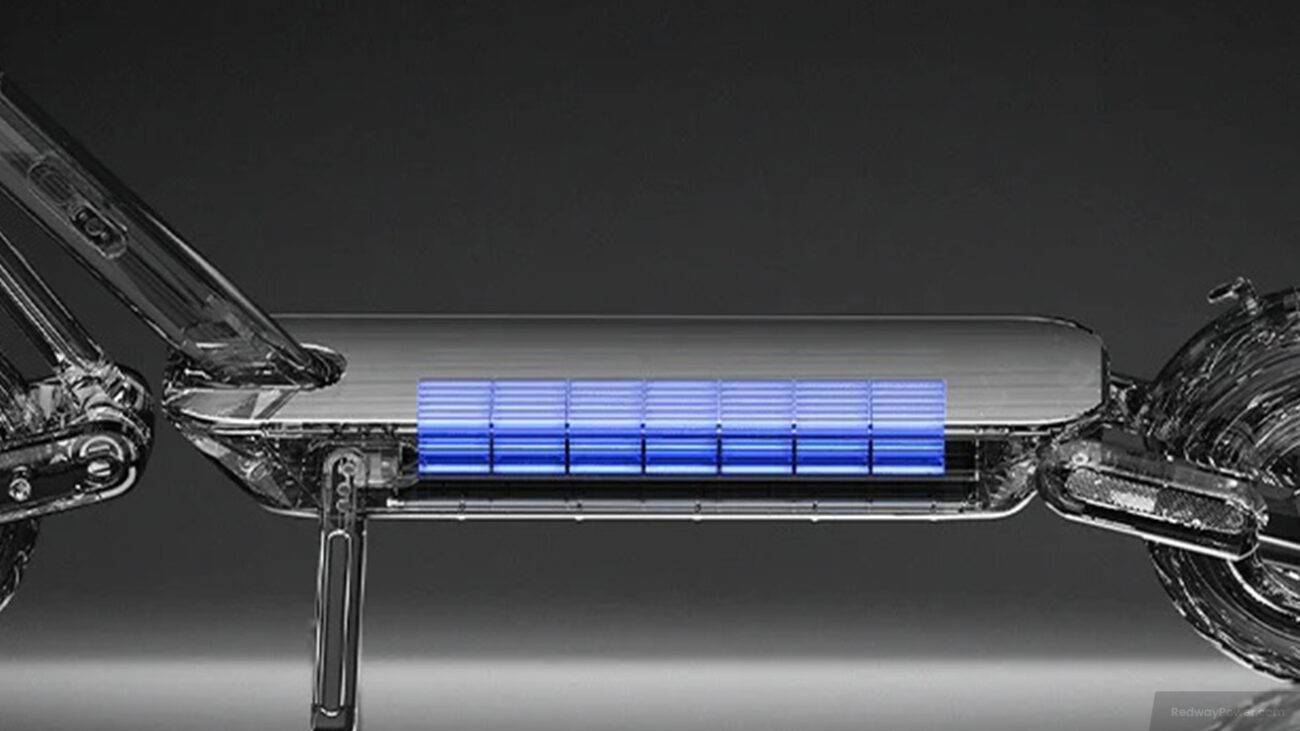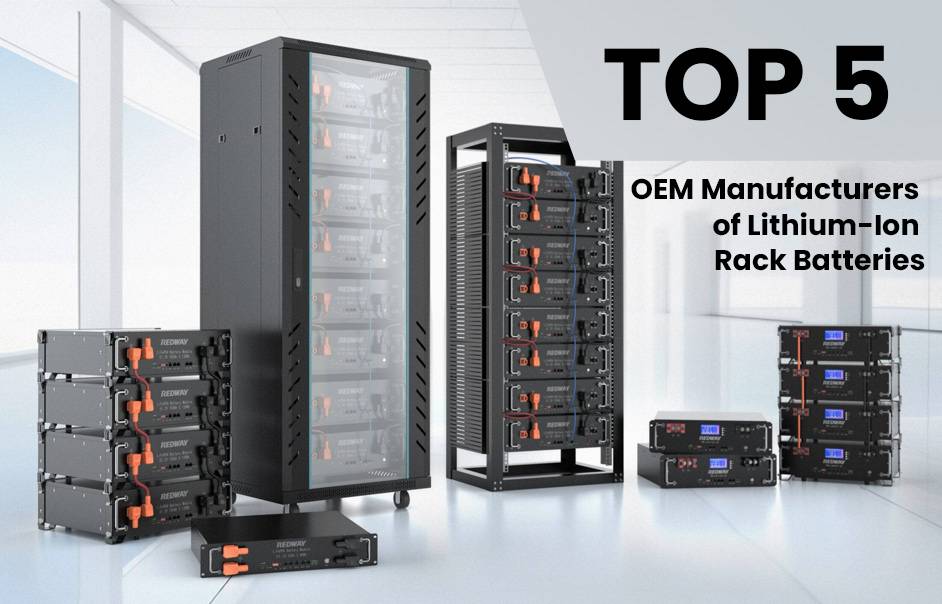Welcome to the world of energy storage! In our pursuit of sustainability, choosing the right battery is key for powering homes, businesses, and cities. Join us as we explore various batteries for energy storage, weighing their pros and cons to determine the ultimate choice in this dynamic field!
The Importance of Energy Storage
Picture a world where solar and wind power reign supreme, but the sun and wind aren’t always cooperative. Enter energy storage, our superhero, ready to save the day by storing excess energy and releasing it when needed. Let’s explore why this reliability is crucial.

- Grid Stability and Reliability:
- Energy storage acts as a buffer, ensuring a steady flow of electricity during intermittent generation, preventing disruptions.
- Its reliability is paramount for critical facilities like hospitals, providing backup power during blackouts and emergencies.
- Balancing Supply and Demand:
- Energy storage optimizes resource utilization by storing excess energy during low-demand periods and releasing it during peak hours.
- This dynamic balancing reduces strain on electrical infrastructure and enhances overall grid stability.
- Integrating Renewable Energy:
- Efficient energy storage is key to effectively integrating unpredictable renewable sources into the grid.
- It ensures that clean power generated by renewables can be used even when the sun isn’t shining or the wind isn’t blowing.
- Individual Benefits:
- On an individual scale, energy storage allows for generating green electricity with rooftop solar panels during the day and using stored battery power at night.
- This not only reduces reliance on fossil fuels but also leads to savings on utility bills.
Conclusion: Energy storage is a game-changer, empowering us with cleaner alternatives, ensuring reliability for essential services, and optimizing our electrical systems. Let’s embrace this vital technology for a greener and more sustainable future.
Types of Batteries Used for Energy Storage
Lead-Acid Batteries, reliable and affordable, have been a staple in energy storage but come with limitations like a short cycle life and low energy density. Lithium-Ion Batteries, with high energy density, dominate in recent times, especially in EVs and electronics, though cost and safety concerns persist. Flow Batteries, promising for large-scale storage, offer scalability but can be complex and costly.
- Lead-Acid Batteries:
- Reliable and affordable, commonly used for various applications.
- Drawbacks include limited cycle life, low energy density, and maintenance needs.
- Lithium-Ion Batteries:
- Popular for high energy density and longer cycle life.
- Widely used in EVs and electronics; concerns include cost and safety issues like thermal runaway.
- Flow Batteries:
- Ideal for large-scale storage due to scalability and durability.
- Operate with chemical compounds in electrolytes, though implementation can be complex and costly.
Conclusion: Choosing the right battery type depends on specific project needs, considering factors like cost, capacity, and safety. Ongoing technological advancements promise continuous improvements in battery materials and performance.
Lead-Acid Batteries
Lead-acid batteries, with a history of over 150 years, are widely used for energy storage due to their reliability, low cost, and high energy density.
- Advantages of Lead-Acid Batteries:
- Known for reliability, low cost, and high energy density.
- Excel in delivering high surge currents, making them ideal for applications like automotive starting batteries.
- Drawbacks of Lead-Acid Batteries:
- Relatively short lifespan, typically lasting three to five years before replacement.
- Larger and heavier compared to batteries with similar capacities, limiting suitability in certain applications.
- Maintenance Requirements:
- Regular maintenance needed, involving monitoring electrolyte levels and ensuring proper ventilation to prevent gas buildup during charging.
Conclusion: Lead-acid batteries, despite limitations, remain popular for their affordability and wide availability, making them a practical choice in applications prioritizing cost-effectiveness.
Lithium-Ion Batteries
Lithium-ion batteries are transforming energy storage, especially in electric vehicles and renewable energy systems. Their compact design and impressive performance make them a pivotal technology in various industries.
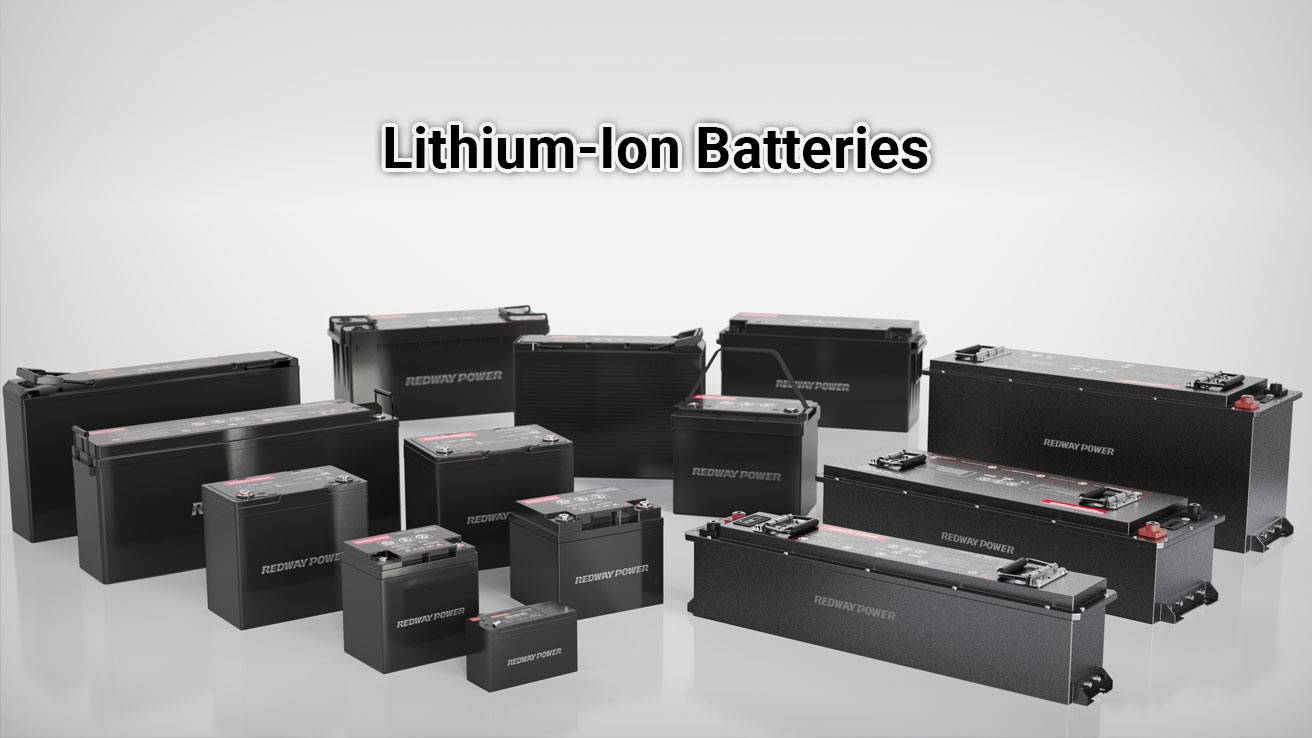
- Advantages of Lithium-Ion Batteries:
- High energy density allows more storage in a smaller space, crucial for portable electronics and electric vehicles.
- Longer lifespan compared to traditional lead-acid batteries, ensuring durability for long-term energy storage.
- Quick and efficient charging, providing convenience in scenarios requiring rapid recharging.
- Drawbacks and Safety Concerns:
- Potential for thermal runaway is a major concern, requiring advanced control systems and materials for mitigation.
- Ongoing research addresses safety concerns and aims to improve cost efficiency for large-scale applications.
- Continued Dominance in Energy Storage:
- Despite challenges, lithium-ion batteries remain at the forefront due to exceptional performance in energy density, longevity, and fast charging capabilities. Ongoing research aims to further enhance safety and cost-effectiveness.
Flow Batteries
Flow batteries, a distinctive energy storage technology, employ liquid electrolytes and a membrane to store energy. These batteries are known for their ability to store significant amounts of energy over extended periods, making them ideal for renewable energy storage and grid-level backup.
- Scalability and Adaptability:
- Flow batteries stand out for their scalability, easily adjusting to diverse energy storage requirements.
- Versatility and adaptability make them suitable for various applications, especially where flexible storage solutions are needed.
- Long Cycle Life and Safety:
- With the active materials stored outside the cell, flow batteries exhibit a long cycle life without significant degradation.
- Improved safety features, including better heat dissipation, reduce the risk of thermal runaway, enhancing safety compared to certain battery types.
- Limitations and Ongoing Advancements:
- Despite bulkier designs and larger footprints, flow batteries excel in long-duration storage, offering advantages in certain contexts.
- Ongoing research focuses on enhancing efficiency, reducing production costs, and improving overall performance, indicating promising developments in this technology.
Comparison of Battery Types: Pros and Cons
Different batteries offer varied benefits and drawbacks for energy storage. Here’s a brief overview of common options:
- Lead-Acid Batteries:
- Widely used and cost-effective, lead-acid batteries provide high surge currents.
- Limited cycle life and regular maintenance, like distilled water top-ups, are drawbacks.
- Lithium-Ion Batteries:
- Popular for high energy density and extended cycle life.
- Lightweight, compact, and maintenance-free; however, they come at a higher cost and require careful handling.
- Flow Batteries:
- Distinct with external tanks for electrolytes, allowing scalability and long-duration discharge.
- Larger in size compared to other batteries, providing an alternative for specific energy storage needs.
Choosing the right type depends on factors like cost, lifespan, safety, and capacity requirements, crucial for effective energy storage solutions.
Factors to Consider When Choosing a Battery Type
Choosing the right battery type for energy storage involves considering crucial factors. Here’s a concise guide:
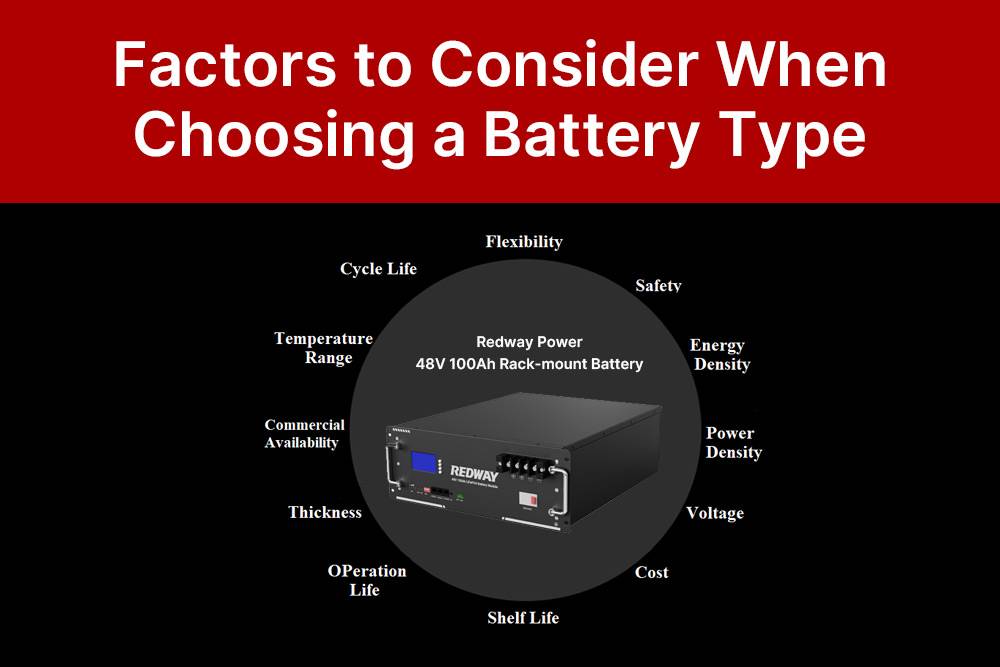
- Capacity and Power Requirements:
- Align the battery’s capacity and power capabilities with your specific application needs.
- Lifespan and Cost:
- Assess the battery’s lifespan as it directly impacts long-term cost-effectiveness.
- Balance the initial cost with factors like efficiency and lifespan; lithium-ion batteries may be costlier initially but offer better efficiency over time.
- Efficiency, Maintenance, and Safety:
- Evaluate the charging and discharging efficiency for optimal energy storage.
- Consider maintenance requirements and safety features to ensure reliability.
- Environmental Impact and Incentives:
- Choose a battery type with minimal environmental impact in manufacturing and disposal.
- Investigate regional incentives or rebates that could affect the overall cost, making one option more appealing.
By carefully considering these factors, you can make an informed decision that meets your energy storage needs efficiently and reliably.
Future Developments in Battery Technology
The future of battery technology is brimming with exciting possibilities as advancements continue at a rapid pace. Here’s a glimpse into upcoming developments:

- Solid-State Batteries:
- Promising technology using solid materials as electrodes and electrolytes, eliminating risks and potentially boosting energy density.
- Quantum Batteries:
- Harnessing quantum properties for more efficient energy storage and release, showcasing the potential for groundbreaking advancements.
- Lithium-Sulfur Batteries:
- Focus on surpassing current lithium-ion technology, offering higher energy density for longer durations or increased power outputs.
- Sodium-Ion Batteries:
- Emerging as a cost-effective alternative to lithium, particularly suitable for large-scale grid storage applications.
- Redox Flow Batteries:
- Continuous advancements in redox flow batteries for stationary energy storage, contributing to renewable energy integration and backup power solutions.
These developments signify a future where clean, efficient, and reliable energy storage solutions become more accessible. As technology progresses, the variety of options for diverse needs is expected to expand. When selecting a battery type, considerations like cost-effectiveness, lifespan, safety, and environmental impact remain crucial. Consulting with experts can provide valuable guidance in navigating these evolving choices.

